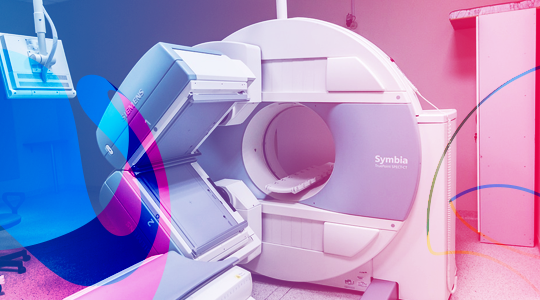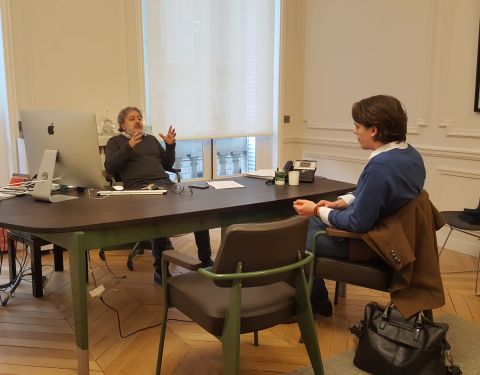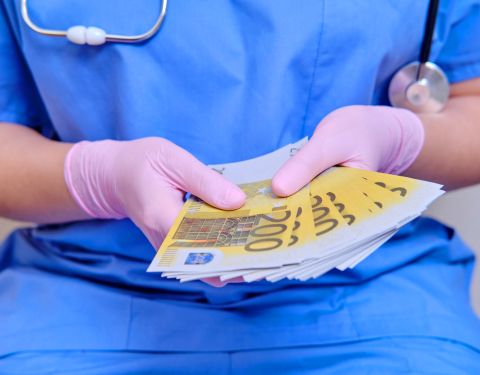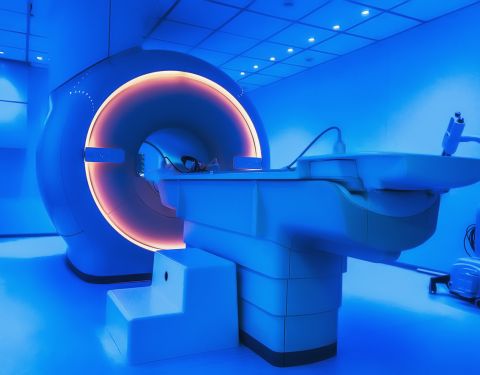Radical prostatectomy in France
The choice of the prostate cancer surgical treatment method depends on the extent of the disease. Based on the examination results, the doctor diagnoses the area of injured glands and makes a decision on the need for its removal. Learn everything about radical prostatectomy in France.
Prostatectomy is a surgical operation used in the early stages which involves the complete removal of the prostate and a few nearby tissues. If the disease has reached more complicated form and the tumor has spread to other organs or metastases have formed on its tissues, specialists use entirely different surgery methods.
Radical prostatectomy is supposed to make a longitudinal incision in the lower abdomen. Further, the wall and the mucous membrane of the bladder are cut, then the surgeon proceeds to the removal of the prostate. The doctor after removing the gland restores the urinary organ integrity, inserts the catheter directly into the urethra and sews up the incisions. Within 7-10 days the catheter removes urine, then after the patient’s examination, it is removed.
Modern surgery uses a variety of methods of making incisions and providing access to prostate cancer. The removal of the affected gland may be performed through the bladder (transvesical method) or by making an incision in the crotch area though it is the quite rare practice today.
 Французский уролог про рак простаты, роботизированную хирургию, робота Да Винчи и тесты на раннее выявление рака простаты.\nКачественное лечение рака простаты во Франции по доступным ценам с Medifrance Solution.\n\nSong: Christine And The Queens - Paradis perdus (Karaoké version)
Французский уролог про рак простаты, роботизированную хирургию, робота Да Винчи и тесты на раннее выявление рака простаты.\nКачественное лечение рака простаты во Франции по доступным ценам с Medifrance Solution.\n\nSong: Christine And The Queens - Paradis perdus (Karaoké version)
The method of erectile function preservation is aimed at high efficiency of the outcomes of the procedure, after which the patient is able to feel the erection. If in the process of surgical operation, the surgeon realizes that the existing nerves cannot be saved, he must use every effort to bring neighboring nerves from other areas.
Laparoscopy is a method of prostate cancer treatment that is carried out by a special laparoscope. This technology is used in the initial stages of the disease and provides the most comfortable access to the affected organ. For this purpose two smallest possible incisions are made so the surgeon can put an instrument for manipulations and a small video camera through them. The whole process of operation is displayed on the monitor.
Preparations for radical prostatectomy in France
First of all, the patient undergoes examination and urine and blood laboratory tests. The anesthesiologist makes a survey of the patient, clarifies the tolerance of anesthesia and individual preferences. Anesthesia can be general or local action. Regional anesthesia is injected into the area around the spinal space with a special needle.
Since the prostate is located sufficiently close to the intestine, its cleaning must be done properly. For this, it is not allowed to eat anything in the evening prior to surgery and straight before it. The patient is allowed only to drink water. The doctors give a purgative and make a cleansing enema.
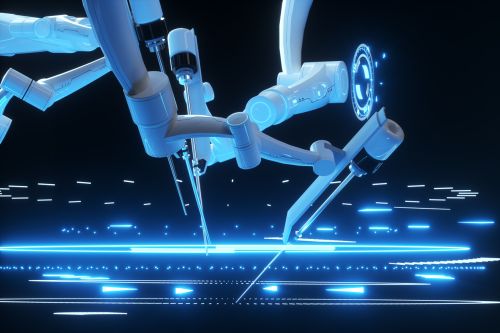
The postoperative period after radical prostatectomy in France
After the surgery, the recovery process lasts 5-7 days. If the surgeon has made a laparoscopy, the postoperative period passes a little faster. At this time the patient is under constant medical supervision. They control his condition and examine for the presence of complications, which may occur in the form of a bleeding or infectious formations.
In order to prevent communicable infections, the urethra catheter is washed out with a special antiseptic, which also helps to prevent blocking and thrombosis. The patient is given painkillers to ease the pain after the surgery.
Radical prostatectomy is able to provide another 10 years of life to the patient with prostate cancer. At the same time, if the cells are in a heightened state of differentiation, the success of the operation is possible in 60-86% of cases. If cancer cells are maintained in medium condition, the survival rate increases up to 75-97%.
Possible postoperative complications
Bleeding is the most common complication since free space is formed at the place of the removed organ and the integrity of the bladder neck is disturbed. If in the final stages of surgical intervention, the surgeon does not show proper attention to hemostasis, such complications can last for several days.
A Foley catheter is able to stop undesirable bleeding, so therefore it is inserted into the bladder after the operation. The tool is equipped with a special balloon, which is filled with Furacilin or other solutions. As a result, the balloon is inflated and pressed to the wound, thereby stopping the bleeding. It should be noted that as a result of even the most responsible compliance of all recommendations and the use of modern methods, after surgery minor bleeding is still frequently occurred in the form of allocation of blood clots and urine coloring.
Infectious complications are in most cases the evidence of the careless use of asepsis during the operation and after it. Complications are accompanied by painful sensations, general weakness, and an increase in the temperature of the patient. That’s why doctors take preventive measures and prescribe antibiotics.
Urethral stricture is rather a serious complication, which reveals in the urethra narrowing or its complete coalescence. It often happens that surgeons have to carry out additional operations. It is explained by the removal of the organ affected by prostate cancer and the formation of free space in this area. The patient may experience delay or difficulty in initiating urination. As a preventive measure, patients are assigned excessive drinking that contributes to the increase of urinary functioning and helps to prevent the coalescence of the urethra.

Modern technologies are not standing still, so owing to it new methods of surgical operations constantly appear in the world. In France, prostatectomy is carried out using the Da Vinci robot with the help of laparoscopes. Automated equipment reduces blood loss to the maximum, allows ensuring the natural functioning of the bladder and the preservation of the erection function. In this case, the surgeon performs all actions with the help of the robot, which helps him to perform the manipulations accurately as much as possible and to reduce the risks of complications formation.
The Da Vinci method for radical prostatectomy in France
Radical prostatectomy with Da Vinci robot is carried out by tiny millimetric tools and absolutely eliminates the need in a scalpel. Each of the five punctures barely reaches one centimeter, which is almost invisible, as it is located in the lower abdomen. The two punctures are designed for mini video cameras and the other three for the operating instruments, which are characterized by high maneuverability and are able to turn at the angle of 90 degrees. The image displayed on the screen increases the picture by 15-20 times and represents it in three-dimensional form. Thus, the surgeon can carry out the operation with a jeweler’s precision, and reduce the possibility of complications formation to a maximum.
The advantages of the Da Vinci method for radical prostatectomy in France
Radical prostatectomy which is performed using the Da Vinci equipment, offers many benefits, including the following:
– the maximum reduction in blood loss that eliminates the need for blood transfusion;
– minimum visible scars in the form of two minor punctures, unlike the stitches after the ordinary operation;
– ability to preserve erectile function increases;
– the maximum possible restoration of urine retention function;
– virtually painless postoperative period;
– the method allows you to return to normal life within two days after surgery;
– accurate execution of all manipulations;
– short recovery period (the patient’s discharge in 5-7 days after surgery);
– acceptable cost of operation – the full range of treatment costs starts at 12 000 euros.
The best place to treat prostate cancer with the Da Vinci method?
Managing such a technique requires a lot of experience in performing surgical operations and practical skills in handling the robot. Exactly from these features depends on the success and effectiveness of the operation. It should be noted that a single set of tools that cost the hospital several thousand Euros is used in the operation process. Taking into consideration the high cost of the equipment, not all hospitals can afford the acquisition of such robotic technology. Therefore, the treatment of prostate cancer according to the Da Vinci New generation method is practiced only in a few hospitals that have a specialized direction.
Please contact us for further information.














